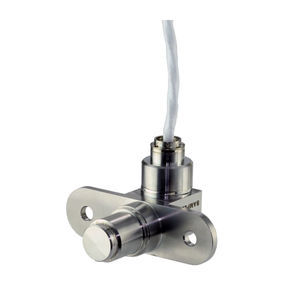
- Production - Materials - Metrology
- Production machine
- Power measuring instrument
- Honeywell | Safety and Productivity Solutions
- Products
- Catalogs
- News & Trends
- Exhibitions
Power measuring instrument TARS seriesnon-contactfor the aerospace industry

Add to favorites
Compare this product
Characteristics
- Measured value
- power
- Technology
- non-contact
- Applications
- for the aerospace industry
Description
The Transportation Attitude Reference System (TARS-IMU) is a packaged sensor array designed to report vehicle angular rate, acceleration, and attitude data for demanding applications in industries such as heavy-duty, off-highway transportation.
The TARS-IMU enables autonomous vehicle characteristics and enhances efficiency and productivity by reporting key data required to automate and monitor movements of vehicle systems and components.
The sensor fusion algorithm may be customized for specific vehicle applications via on-board firmware, allowing movement data to be filtered for extraneous environment and vehicle movements. With two sensor models for different power levels, the TARS-IMU accommodates both 5 V and 9 V to 36 V vehicle power systems.
Communication is transmitted using industry standard CAN J1939 connectivity. As a standard, TARS-IMU is calibrated on aerospace-grade rate tables at the factory to provide enhanced calibration consistency between units.
Customization: The TARS-IMU may be customized to best meet application needs using the TARS Configurator Tool (TCT) software (available on this page) to change selected parameters such as broadcast rate, orientation, filter settings, etc. This tool creates a unique personality file which is then uploaded to the TARS-IMU for implementation.
Differentation
Flexible. On-board firmware customizes the TARS-IMU to the specific vehicle for its designed application.
Durable. With top-of-the-line sealing (IP67, IP69K), the TARS-IMU is ruggedized to withstand harsh or heavy-duty applications.
Convenient.
Catalogs
No catalogs are available for this product.
See all of Honeywell | Safety and Productivity Solutions‘s catalogsOther Honeywell | Safety and Productivity Solutions products
Aero & Transportation Sensors
*Prices are pre-tax. They exclude delivery charges and customs duties and do not include additional charges for installation or activation options. Prices are indicative only and may vary by country, with changes to the cost of raw materials and exchange rates.

















